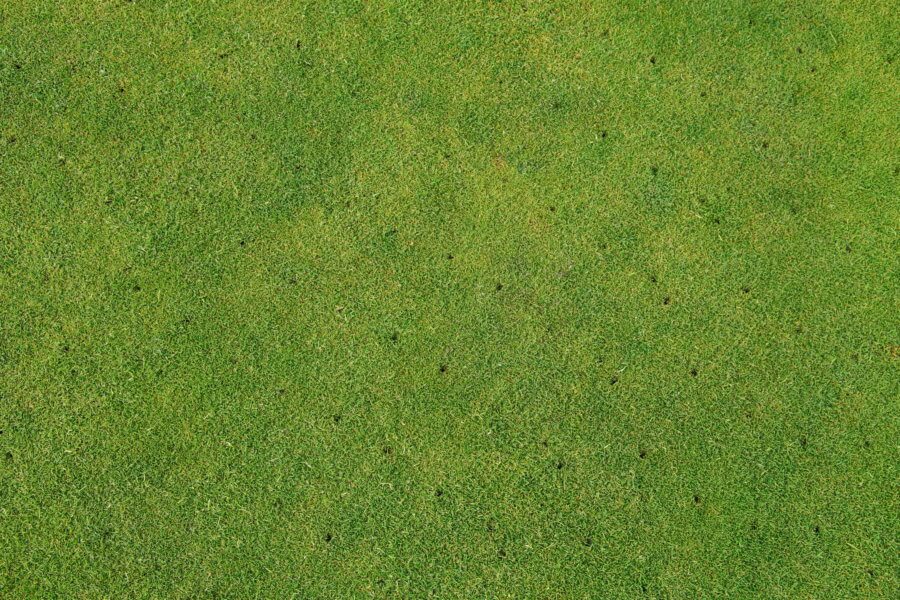
Why Is Aeration Important for Your Florida Lawn?
If you’ve gone around your neighborhood in the spring or fall, you’ve likely noticed small plugs of soil scattered across your neighbors’ lawns. These plugs are the result of aeration, an important element in your overall lawn care plan. Soil can get compacted over time, making it more difficult for the grass to get the nutrients, air, and water it needs to thrive. Aeration relieves the compaction so your lawn can regain its health. Read on for everything you need to know about this important task and how to do it.
Why Your Lawn Needs Aeration
As you and your loved ones or pets walk across your lawn while mowing or playing, the soil compresses beneath your feet. When this is repeated over a period of time, that compaction becomes more and more pronounced. With the soil pressed tightly together, it is unable to absorb as much water. This means your lawn won’t be getting as much water. The compacted soil is essentially choking off your lawn, blocking nutrients from being absorbed and inhibiting root growth.
By removing plugs of soil during the aeration process, you create gaps where the remaining soil can decompress and expand. This restores the soil’s ability to allow air, water, and nutrients to flow through. With more room to spread out, the root structure can grow stronger and deeper so your lawn can grow stronger and healthier as well.
When to Aerate Your Florida Lawn
Although the weather can get cold here in the winter, it is not nearly as extreme as in some other areas of the country. In Florida, it is the hot summers that are more of a concern to your lawn. Your best bet is to aerate in the spring. This is a time of rapid growth for many grass types that are popular in the region, so it is the perfect time for your lawn to expand its root structure. The deeper the roots, the better your lawn will be able to survive harsh drought conditions when needed.
Spring should be your priority when it comes to aeration. However, fall is also a good time for additional treatment if possible. Depending on how frequently you spend time on your lawn, it may have become compacted again and need additional aeration. Even if the soil isn’t compacted, aeration in the fall also prepares your lawn for winter and makes it easier for fertilizer to be absorbed.
How to Aerate Your Lawn
To aerate your lawn, you’ll need the proper equipment. Lawn aerators are available in a variety of styles. For large-scale aeration, a ride-on aerator or one that attaches to a ride-on mower or tractor is probably best. However, renting these can be quite costly, though they’ll get the job done quickly.
There are also options that function like typical lawnmowers, with you pushing the device around your lawn. This is likely the ideal option for most homeowners, balancing affordability with the amount of work required. If you are looking to save money, there are also manual aerators. However, these will require the greatest time and effort commitments from you.
Of course, you also have the option of hiring a landscaping company to handle the hard work for you. A professional can advise you as to other lawn care steps you might need to take in addition to aeration to keep your lawn in optimal health. A landscaper’s expertise provides additional value to the aeration service, so it is worth considering. They’ll also be able to keep you on track with your schedule for aeration and other important lawn care tasks.
Fresh Sod for Your Lawn
If aeration wasn’t enough to restore your lawn to full health, restore any dead or bare areas with fresh sod. This is a quick way to bring your lawn back into good condition without having to wait for it to fill in gaps on its own or regrow from seed. The sod experts here at Duda Sod will be happy to help you choose the perfect sod to meet your needs. We can arrange for the installation as well. Get in touch with our team today to get started.